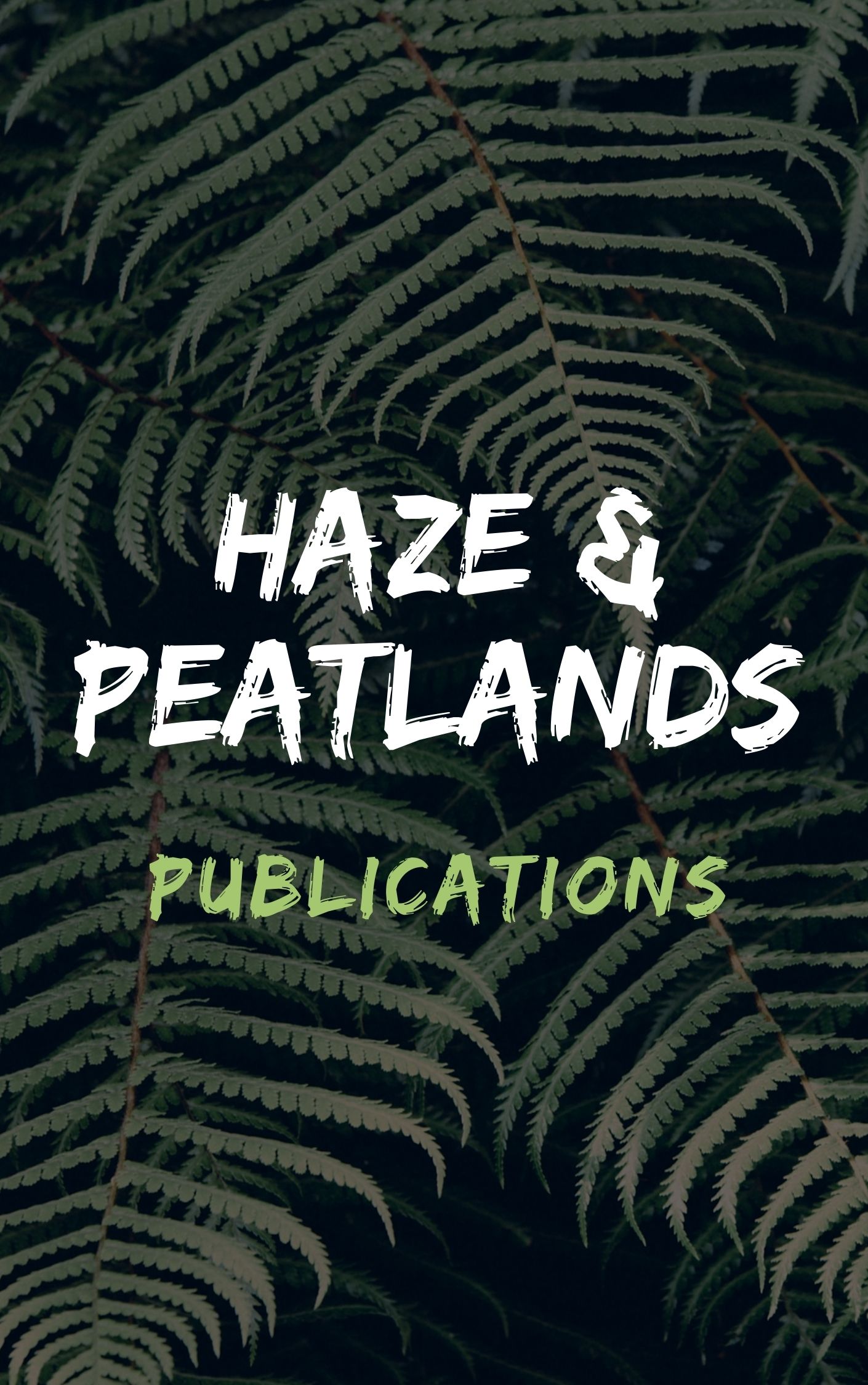Tropical peatlands cycle and store large amounts of carbon in their soil and biomass(1-5). Climate and land-use change alters greenhouse gas (GHG) fluxes of tropical peatlands, but the magnitude of these changes remains highly uncertain(6-19). Here we measure net ecosystem exchanges of carbon dioxide, methane and soil nitrous oxide fluxes between October 2016 and May 2022 from Acacia crassicarpa plantation, degraded forest and intact forest within the same peat landscape, representing land-cover-change trajectories in Sumatra, Indonesia. This allows us to present a full plantation rotation GHG flux balance in a fibre wood plantation on peatland. We find that the Acacia plantation has lower GHG emissions than the degraded site with a similar average groundwater level (GWL), despite more intensive land use. The GHG emissions from the Acacia plantation over a full plantation rotation (35.2 +/- 4.7 tCO(2)-eq ha(-1) year(-1), average +/- standard deviation) were around two times higher than those from the intact forest (20.3 +/- 3.7 tCO(2)-eq ha(-1) year(-1)), but only half of the current Intergovernmental Panel on Climate Change (IPCC) Tier 1 emission factor (EF)(20) for this land use. Our results can help to reduce the uncertainty in GHG emissions estimates, provide an estimate of the impact of land-use change on tropical peat and develop science-based peatland management practices as nature-based climate solutions.
View source

